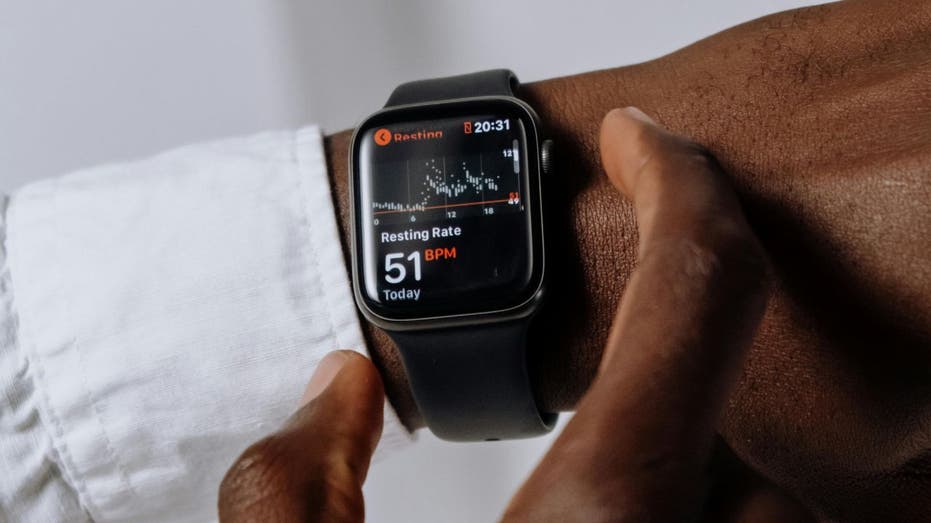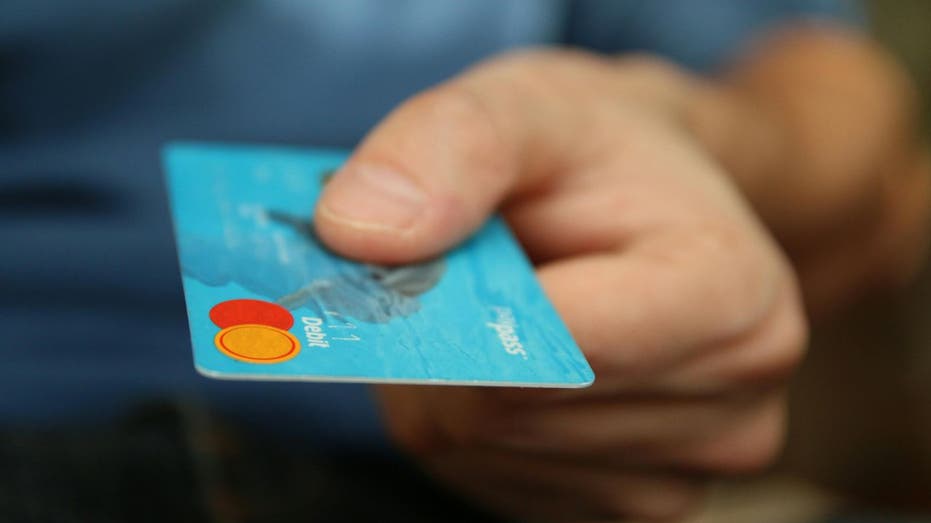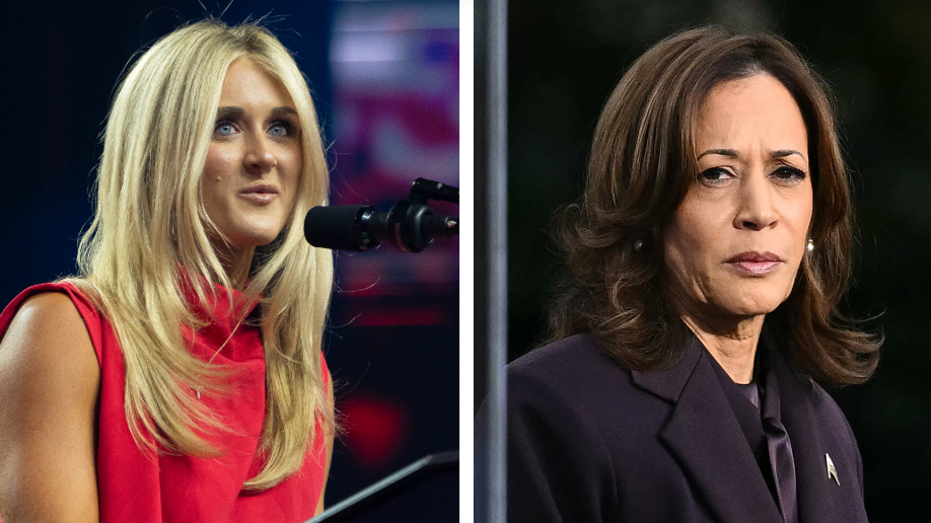- by foxnews
- 28 Nov 2024
How Google got away with charging publishers more than anyone else
For years, Google took the same 20 percent commission for ad transactions that ran through its platform, even though it was higher than what any other industry player charged. Executives privately worried the fee was difficult to defend. Now, the Justice Department argues it’s a key sign of Google’s monopoly over online ads.Google’s so-called take rate took center stage on the last day of week one in the Justice Department’s second antitrust trial against Google. Citing internal Google documents and the testimony of former Google sell-side ads executive Chris LaSala, the DOJ sought to demonstrate that Google never experienced any real pricing pressure due to its unshakable dominance in the market, despite knowing its fee was higher than
- by theverge
- 17 Sep 2024
- in technology

For years, Google took the same 20 percent commission for ad transactions that ran through its platform, even though it was higher than what any other industry player charged. Executives privately worried the fee was difficult to defend. Now, the Justice Department argues it's a key sign of Google's monopoly over online ads.
Google's so-called take rate took center stage on the last day of week one in the Justice Department's second antitrust trial against Google. Citing internal Google documents and the testimony of former Google sell-side ads executive Chris LaSala, the DOJ sought to demonstrate that Google never experienced any real pricing pressure due to its unshakable dominance in the market, despite knowing its fee was higher than competitors' and being aware of customer complaints about its tools. The trial continues this week, with YouTube CEO and former Google ads executive Neal Mohan testifying on Monday.
According to emails presented in court, Google executives wondered whether the 20 percent fee their AdX exchange charged for facilitating transactions was sustainable and worried about how they'd continue to justify it. Jonathan Bellack, another ad executive at Google, wrote in one 2018 exchange that the fee was "not long term defensible." He also acknowledged in a different 2018 email that the fee should get in line with market value and that it "shouldn't be double the price."
But the pricing persisted, largely because Google could control access to a huge advertiser base through the Google Ads Network, only allowing publishers the fullest access to that market through AdX. In one 2018 email, responding to another executive's question about disclosing Google's buy-side fee and how much it should be, LaSala noted that the fee for buying and selling ads "holds today not because there is 20% of value in comparing 2 bids to one another, but because it comes with unique demand via AdWords that is not available any other way." He said he believed "a sell-side rev share should probably top out at 10%" for the open auction and that the "unique demand" from Google Ads was "the only reason we can sustain 20%."
In a 2019 email exchange, LaSala recognized "a continued call from buyers and publishers for transparency. It is reasonable and should not be dismissed." He also said it was "questionable" the 20 percent fee was "reasonable long term" and pointed to a signal that "the market rate" for open auction ad transactions was "closer to 10%."
Brian O'Kelley, who founded AppNexus, which ran an ad exchange and unsuccessfully tried to build a publisher ad server to compete with Google's, described in a deposition AdX's 20 percent take rate as "dramatically higher than competitors'."
The messages between Google executives highlight their recognition that AdX's power to link Google's publisher-side tool and its large advertiser base let the company charge an unusually high commission. While Google has argued that its system ended up benefiting all parties, the government is attempting to prove that it illegally tied together its publisher ad server and its ad exchange - not to provide better service but to maintain a monopoly.
"Publishers keep the vast majority of the revenue when they use Google's advertising technology, and our fees are transparent and in line with industry rates," Google spokesperson Jackie Berté said in a statement. "Even when only Google's tools are used to buy and sell the ad, the publisher keeps about 70% of the revenue." Google will get its chance to present witnesses and make its own case against the DOJ once the government's case wraps up.
Even as Google has defended its service, Google employees recognized how hard it would be for publishers to switch ad servers if they were unhappy. LaSala testified that it was a "heavy lift" to switch ad servers and could only think of one publisher in all his time at Google who actually did it: Disney. Rather than switch to another tool, Disney built its own.
As Tom Kershaw, the former chief technology officer at rival ad exchange Rubicon, testified earlier in the day, "I have the option to starve to death. I don't choose to take that option." Forgoing access to Google's advertiser network by bypassing AdX, he said, "is equivalent."
- by foxnews
- descember 09, 2016
Mom's message in a bottle found by her own daughter 26 years later
A fourth grader went on a school trip when someone found a message in a bottle containing a letter that was written by her mom 26 years ago. The message was tossed into the Great Lakes.
read more





